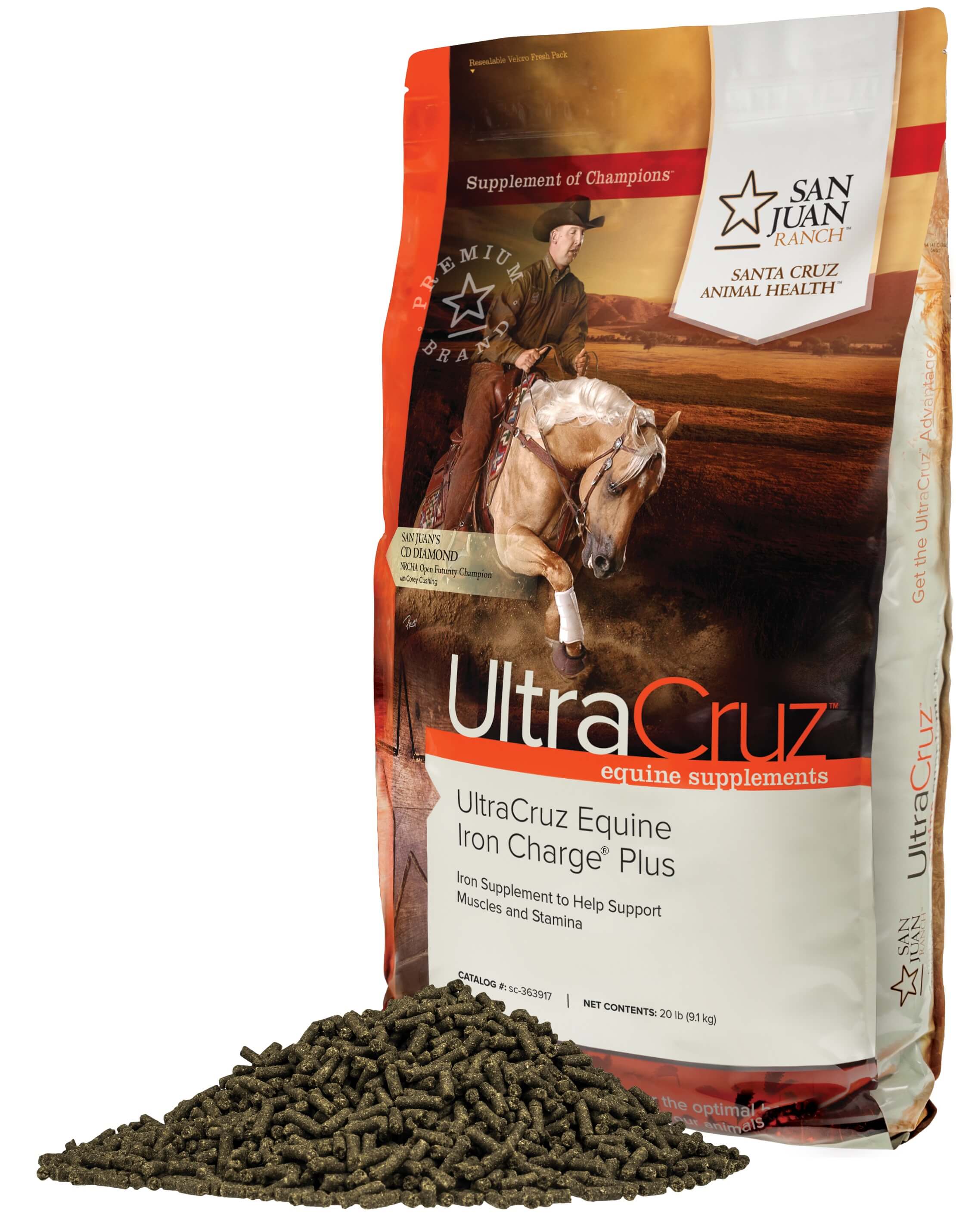

I suppose the hexane is only there for the forming I2 to dissolve in it, giving a purple solution that confirms the presence of I2.

Only the more reactive halogens such as F2, Cl2 and Br2 are capable of doing that. Won't take place, because I2 is too weak to rip the carbon-hydrogen bond in an alkane molecule. What is the Oxidation State of Iron in FeI 3 The average oxidation state of the 1 iron atom is +3. FeI3 is unstable, and in this scenario won't form at all - the Fe3+ ion oxidises the I- ion, leaving Fe2+ and elemental I2. What I think should happen here is that only this reaction: Pardon me for bumping this thread, but I believe this isn't entirely correct.
Iron charge in fei3 free#
Hope this is of some help and at least correct - anyone feel free to correct mistakes! A-Levels were so long ago! However, to add the C6H14 (Hexane) gives you: So, no atom or ion is reduced or oxidized. This is NOT a redox reaction as no atoms or ions changed charge. Despite uncertainty about the specific chemistry of iron-rich. If someone would be so kind to explain the second experiment for me (and let me know if the first one is correct), I would appreciate it a lot. It is also possible that phases not normally stable in isolation such as FeI3 may be present here. Assume that the oxidation state of sulfur is 2 and that iron atoms exist in both +2. I feel like this video demonstrates the experiment but it's not in English or Hungarian and I have no clue what exactly is going down. Concept explainers Iron forms a sulfide with the approximate formula Fe7S8. Adding the HCl will make the solution appear yellow again as Fe3+ ions are created. After adding the NaOH solution brownish-red precipitation will show up. Why isnt there a compound with the formula FeI3 (ferric iodide). A slightly longer answer is that Iodine is. Then b, add KI solution to the second test tube then add petrol (hexane) to it and shake it.Īnd then explain what exaclty were happening.įeCl3 is a yellow solution, thanks to the Fe3+ ions. Ionic bonds form when the charges between the metal cation and non-metal anion are. The short answer is that Iodine is not a sufficiently powerful oxidising agent to oxidise Iron to the level of III. Convert grams FeI3 to moles or moles FeI3 to grams Molecular weight calculation: 55.845 + 126.904473 Percent composition by element Element: Iron Symbol: Fe Atomic Mass: 55.845 of Atoms: 1 Mass Percent: 12.792 Element: Iodine Symbol: I Atomic Mass: 126.

Then a, add some NaOH to the first until I see some change, then add HCl solution to it. This compound is also known as Iron (III) Iodide. The task is to pour some FeCl3 into two test tubes. I am preparing for the upcoming oral exam, but there's this one experiment that I can't wrap my head around.


 0 kommentar(er)
0 kommentar(er)
